Mystery structure identified!
Posted: 19 April 2012 20:53
Most people probably wouldn't regard this as a mystery structure, as it has already been recorded as an anti-tank gun emplacement. New research reveals the real purpose of this building at Pett.
The Defence of Britain Project (DoB) recorded this structure as an anti-tank gun emplacement, but the site could not be approached due to the foot and mouth restrictions at the time of the survey. However, I would argue that even getting up close would not necessarily help identification without the aid of documents, unless you had already encountered one of these before - and as far as surviving examples go, I think this one is unique. It stands in the corner of a wood on high ground overlooking the flat beaches of Rye Bay.
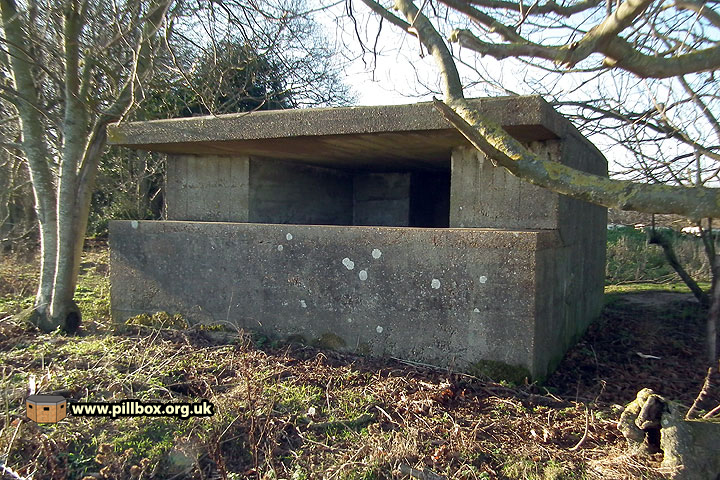
The structure is on private land behind a barbed wire fence and so access is not permitted. This also hampers clear photos, but I did manage to construct a 3D model based on proportions estimated from photographs.
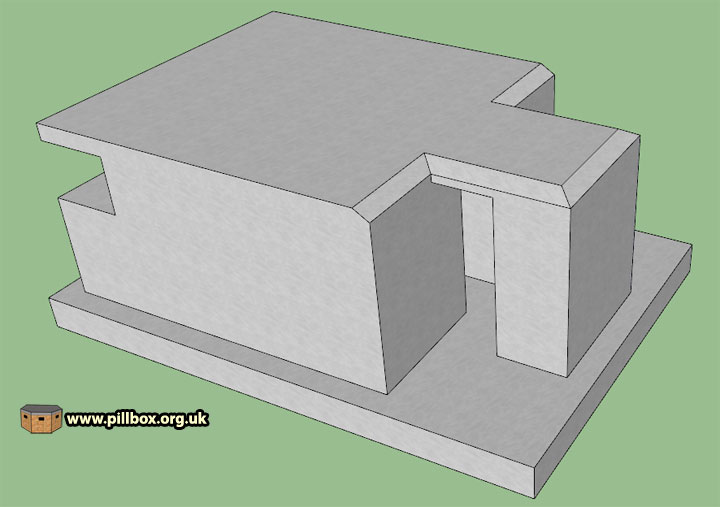
So how do we begin to identify the structure? Let's try and establish a date first. The quality of concrete is quite high for wartime construction and the chamfered edges to the porch are very similar to the sunken pillbox at Camber. I know that particular pillbox dates to 1941 and so I believe our mystery structure was built around the same time, possibly by a civilian contractor.
What about its function? From the front, the structure does look like some sort of gun emplacement, however, there is no way to get a gun into it. The entrance with blastwall is at the rear and provides pedestrian access only.
It would be a poor pillbox; the embrasure is enormous and we know what pillboxes of this period (such as the Camber one) are like. If I wasn't in the know, I'd actually guess at it being a searchlight housing.
Remember we're on high ground overlooking a stretch of coastline and it is the scenic views from this position that holds the key to the mystery - this structure is, in fact, an artillery observation post (OP).
The documents give us confirmation by providing a matching grid reference for an OP spotting for a 9.2-inch howitzer belonging to 56 (Heavy) Regiment, Royal Artillery, situated at Peasmarsh. The Regiment is most famously known as that to which Spike Milligan belonged, but there is no evidence that he was ever here.
Going through the various artillery location statements from 1940-41, an OP is first listed here in April 1941. It does not necessarily mean the concrete structure was here at that time - there might have been an earthwork preceding it, but it's quite possible.
The earliest reference I have to the 9.2-inch howitzer is from November 1940, when there were actually two at Peasmarsh, but one seems to have been moved at about the time the OP was constructed.
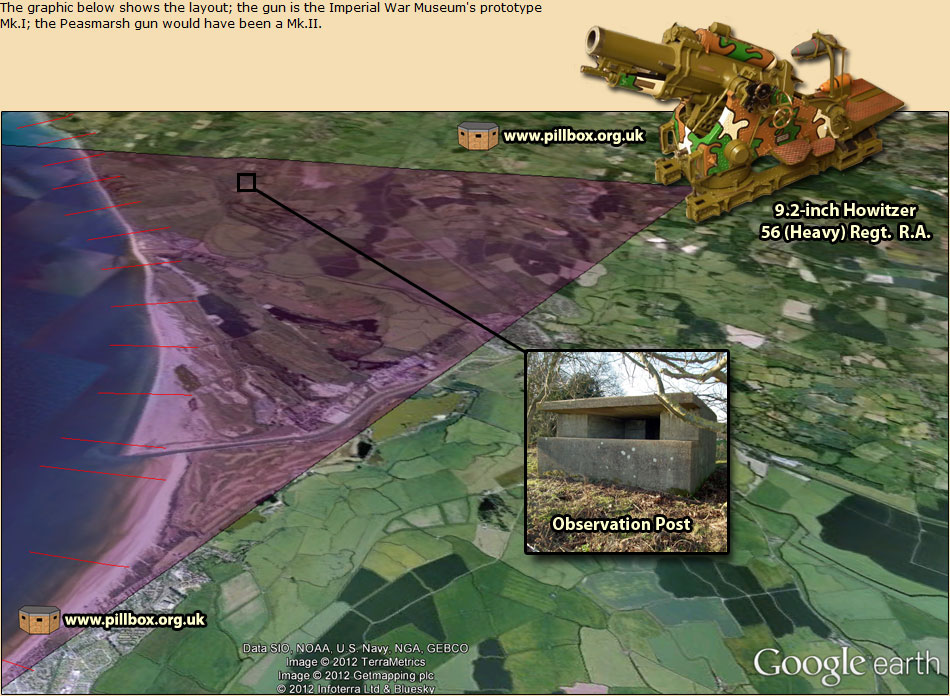
The gun was tasked to fire on pre-registered beach artillery zones B3 - B15, covering from Lydd round to Pett. The OP was to be manned continuously on Stand To and would have been occupied by a Forward Observation Officer (FOO) with an artillery board and various other equipment that would assist in calculating fall of shot. A field telephone allowed gunnery corrections to be sent back to the gun position.
The paper trail on this OP goes cold in 1942; 56 Heavy Regiment relocated some of their guns due to a change in divisional boundaries and the documents indicate that not one, but two guns were moved from Peasmarsh on 4th February 1942.
The documents of the division taking over this sector do not indicate if this OP was ever used again despite its excellent positioning, and so it would seem that it was only operational for about ten months - one of many short-lived structures that peppered the landscape.
- Pete

Email:
Blog Latest
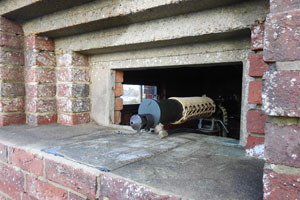
Bishopstone reveals its pillbox secrets
18 October 2021
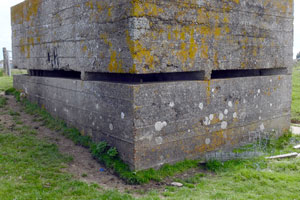
Pillbox or Observation Post?
10 June 2020
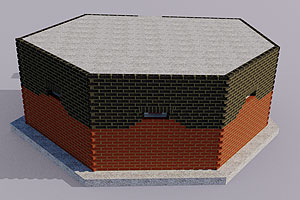
Uncovering the hidden secrets of a pillbox
8 June 2019

Review of 2018
31 December 2018

Wartime Christmas in East Sussex (2)
24 December 2018
Jargon-buster
Defence of Britain Project
A large project run by the Council for British Archaeology (CBA) 1995-2002, collecting data on 20th century military structures submitted by a team of some 600 volunteers. The result was a database of nearly 20,000 records which is available online. The anti-invasion section of the database contains nearly 500 entries for East Sussex.
Embrasure
A loophole or slit that permits observation and/or weapons to be fired through a wall or similar solid construction.
Pillbox
Generic term for a hardened field defensive structure usually constructed from concrete and/or masonry. Pillboxes were built in numerous types and variants depending on location and role.
This site is copyright © Peter Hibbs 2006 - 2024. All rights reserved.
Hibbs, Peter Mystery structure identified! (2024) Available at: http://pillbox.org.uk/blog/216694/ Accessed: 27 July 2024
The information on this website is intended solely to describe the ongoing research activity of The Defence of East Sussex Project; it is not comprehensive or properly presented. It is therefore NOT suitable as a basis for producing derivative works or surveys!